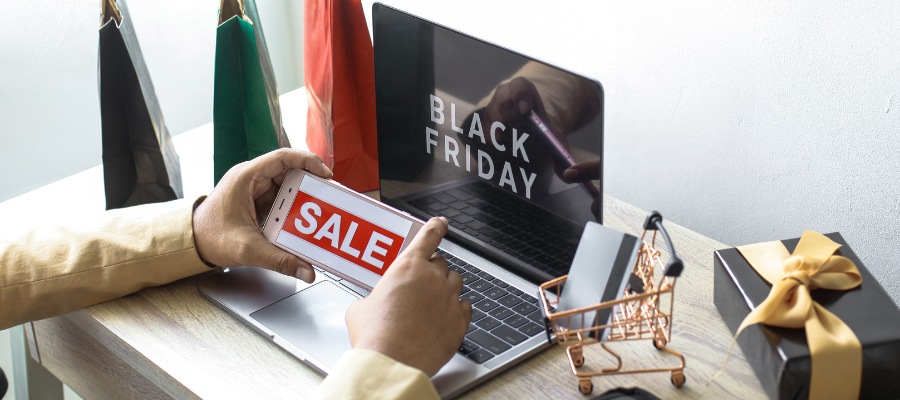🕒 Article read time: 2 minutes
Four ways retailers can deliver for customers during 2023’s peak season
By Mattias Gredenhag, CTO, nShift

This year’s peak shopping season is almost upon us. With it comes the opportunity for retailers to end a challenging year on a high. With inflation easing and interest rates steady, they may have a degree of optimism that spending will be strong.
Yet retailers cannot rest on their laurels. The ones that can get their products into customers’ hands, and offer the best experience in doing so, will fare best.
How can retailers ensure that their peak season is more golden goose than Christmas turkey? Here are four things to think about: making deliveries a moment of truth, using deliveries as a marketing opportunity, minimising emissions, and using returns strategically.
-
Make deliveries a moment of truth
Most customers view deliveries as crucial to their experience: three out of four would abandon retailers who fail to live up to their expectations. Get the experience right, however, and retailers stand to enjoy higher conversions, increased customer loyalty and repeat purchases.
A choice of delivery options is becoming table stakes for many customers – and so it improves conversion rates for retailers. At the same time, having a variety of carrier partners to call on at busy times means retailers can dispatch more packages. And that means more revenues.
-
Use deliveries as a marketing opportunity
Customers are at their most engaged with retailers when they are awaiting their order. They are twice as likely to open messages relating to their deliveries and with the right prompting are more likely to make additional purchases.
Retailers can tap into this part of the journey by including marketing messages which will increase sales, drive in-store footfall and broader brand engagement.
-
Minimise emissions in the last mile
As environmental concerns become more important for consumers, they are gravitating towards products and brands that they see taking steps to reduce their impact. Indeed, more customers today expect retailers to offer low- and zero-emissions delivery options as part of their standard checkout. With the right software, these can easily be integrated.
Customers also expect to see what progress retailers are making in minimising their environmental footprint. Tracking emissions data at the individual shipment level can enable retailers to set realistic emissions-reduction targets, and clearly communicate their net zero progress to customers.
That’s a win-win-win, for the retailer, their customers and the planet.
-
Use returns strategically
Customers expect simple, flexible returns policies. But terms that are too lenient – for example offering immediate cash refunds to everyone – can lead to significant losses. Retailers can minimise these losses by using tools which enable them to tailor returns offers.
They might include recommending alternative products for exchange or inviting customers into stores to see different options for themselves. In the case of customers who egregiously abuse returns policies, retailers might charge a collection fee.
These policies must also be backed by a reverse logistics capability that ensures returned items have a second chance at generating revenue. Unused goods can be put on sale once again as new, while used or damaged items can be upcycled or sold at a discount.
Retailers must be at the top of their game to succeed during peak season. Customers will settle for nothing less. There is no silver bullet, but getting all the right elements of a delivery management system working in harmony can help retailers achieve greater sales and more loyal customers.
Find out more about how nShift can help ecommerce and multichannel retailers create more effective delivery options.
Published On: 12/10/2023 14:15:00

Comments Section
If you are a Logistics UK member login to add comments.